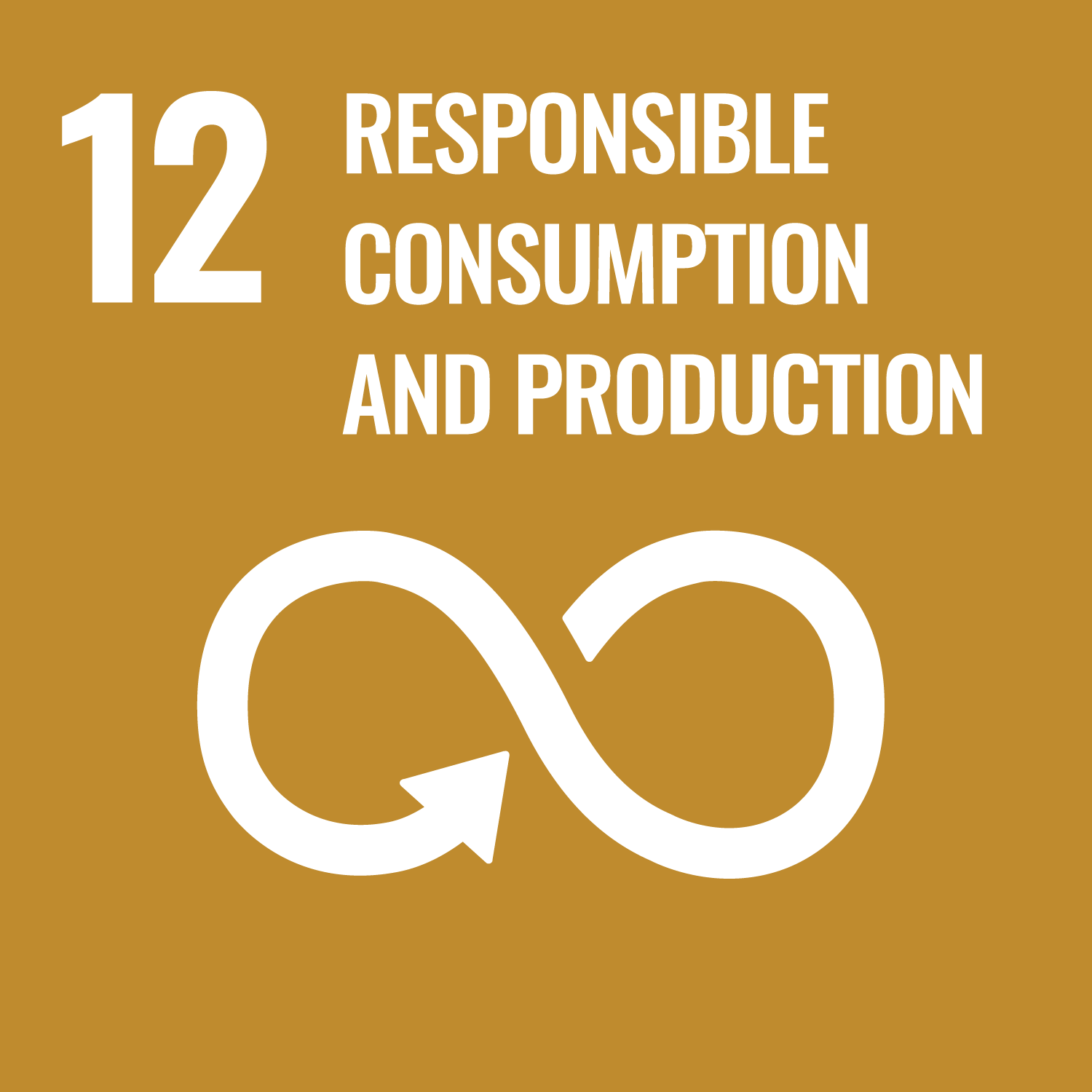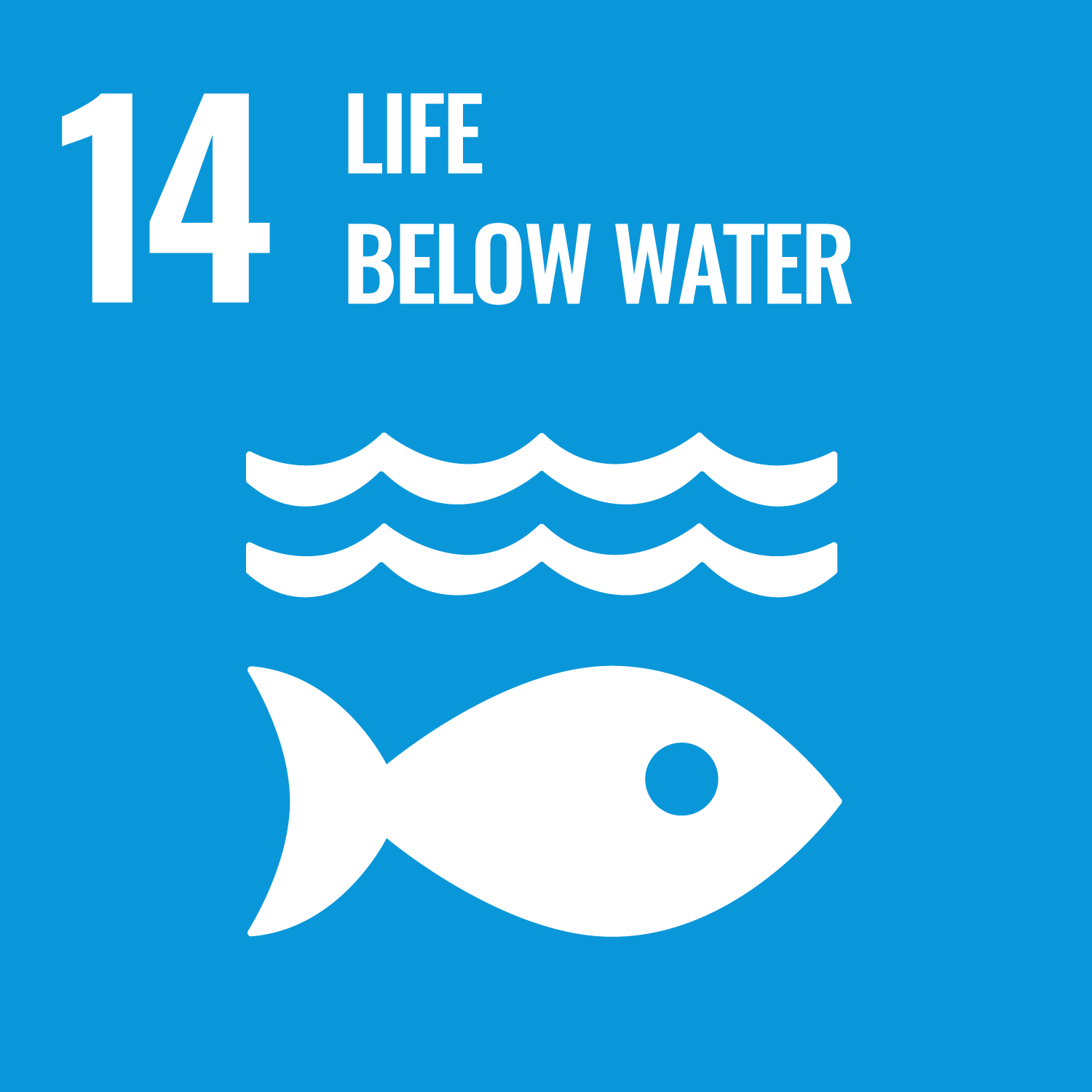This course introduces the basis of fundamental organic chemistry. Especially the electronic theory of organic chemistry
is emphasized. The course introduces the necessary knowledge needed to learn advanced organic and bioorganic chemistry.
The course also provides a wide scope of the relationship between daily life and organic chemistry, by introducing special
topics focusing on a specified compound we meet in daily life.
The aim of this course is to help students to acquire an understanding of the electronic theory of organic chemistry. The
course introduces the necessary knowledge needed to learn advanced organic and bioorganic chemistry. The course also provides
a wide scope of the relationship between daily life and organic chemistry.
- To be able to draw the Lewis structure of a specified organic compound and indicate the formal charge of each atom of the compound.
- To be able to image the 3-dimensional molecular structure of an organic compound by looking the structural formula of the compound.
- To be able to draw the structural formula of a specified organic compound by reading the name of the compound.
- To be able to write the reaction mechanisms of organic reactions using curved arrows showing the movement of electron pairs.
- To understand what is chirality and how important the chirality is to life process.
- To understand how the achievements of organic chemistry bring benefits to our daily life.
| Quizzes | Mid-term examination | Term-end examination | Total. | |
|---|---|---|---|---|
| 1. | 10% | 10% | 20% | |
| 2. | 10% | 10% | 20% | |
| 3. | 5% | 5% | 10% | |
| 4. | 20% | 20% | 40% | |
| 5. | 5% | 5% | 10% | |
| Total. | 50% | 25% | 25% | - |
Your final grade will be calculated according to the following process: Quizzes (50%) , Mid-term examination (25%), and Term-end
examination (25%). To pass, students must earn at least 60 points out of 100.
| Class schedule | HW assignments (Including preparation and review of the class.) | Amount of Time Required | |
|---|---|---|---|
| 1. | Introduction What is Organic Chemistry? Topics in Organic Chemistry |
Students are expected to read Chapter 1 of the textbook prior to the class. | 100minutes |
| 2. | Valence Electron and Lewis Structure | Students are expected to read Chapter 2 of the textbook prior to the class. | 200minutes |
| 3. | Formal Charge and Resonance Structure | Students are expected to read Chapter 3 of the textbook prior to the class. | 200minutes |
| 4. | Molecular Shapes and Hybrid Orbitals | Students are expected to read Chapter 4 of the textbook and pp. 1–4 of the workbook prior to the class. | 200minutes |
| 5. | Writing Structural Formulae of Organic Compounds | Students are expected to read Chapter 5.1 of the textbook prior to the class. | 200minutes |
| 6. | Nomenclature of Organic Compounds | Students are expected to read Chapter 5.2 of the textbook prior to the class. | 200minutes |
| 7. | Mid-term Examination | Students are expected to review all the contents of the classes prior to this class. | 210minutes |
| 8. | Formation and Breaking of Valence Bonds | Students are expected to read Chapter 10 of the textbook prior to the class. | 200minutes |
| 9. | Nucleophilic Substitution of Haloalkane | Students are expected to read Chapter 14 of the textbook prior to the class. | 200minutes |
| 10. | Chirality and Asymmetric Synthesis | Students are expected to read Chapter 11 of the textbook prior to the class. | 200minutes |
| 11. | Structures of Cyclic Compounds | Students are expected to read Chapter 12 of the textbook prior to the class. | 200minutes |
| 12. | Nucleophilic Addition of Carbonyl Compounds and Electrophilic Addition of Alkenes | Students are expected to read Chapter 7 of the textbook prior to the class. | 200minutes |
| 13. | Planning Organic Synthesis | Students are expected to read Chapter 6 of the textbook prior to the class. | 200minutes |
| 14. | Term-end Examination | Students are expected to review all the contents of the classes. | 200minutes |
| Total. | - | - | 2710minutes |
| ways of feedback | specific contents about "Other" |
|---|---|
| Feedback in outside of the class (ScombZ, mail, etc.) |
Textbook:
「ビギナーズ 有機化学(第2版)」川端 潤 著(化学同人)
Handouts will be provided through LMS ScombZ.
Reference book:
「有機化学」奥山 格 監修(丸善)
P. Y. Bruice, Essential Organic Chemistry, 3rd edition, Pearson, 2014.
「ビギナーズ 有機化学(第2版)」川端 潤 著(化学同人)
Handouts will be provided through LMS ScombZ.
Reference book:
「有機化学」奥山 格 監修(丸善)
P. Y. Bruice, Essential Organic Chemistry, 3rd edition, Pearson, 2014.
The students are recommended to complete "Basic Chemistry A" or "Basic Chemistry B" prior to this class.
- Please contact each professor after class.
- Prof. Asao Nakamura
· E-mail to asao@shibaura-it.ac.jp.
- Course that cultivates an ability for utilizing knowledge
- Course that cultivates a basic problem-solving skills
| Work experience | Work experience and relevance to the course content if applicable |
|---|---|
| N/A | N/A |





- 3.GOOD HEALTH AND WELL-BEING
- 12.RESPONSIBLE CONSUMPTION & PRODUCTION
- 13.CLIMATE ACTION
- 14.LIFE BELOW WATER
- 15.LIFE ON LAND
Last modified : Tue Sep 17 18:10:23 JST 2024
